Museum Storage Solutions
The leading supplier of storage solutions in any industry providing shelving, lockers, casework & everything in between.
Conservation, Preservation, and Protection for a Growing Collection
When you have over 2.2 million objects and specimens in your collection, it doesn’t take much too run out of storage space—even if you have a large building footprint. It’s wonderful to acquire collections, but there’s always a question of where they’ll be stored.
Historical artifacts come in all shapes and sizes from dinosaurs to daisies. Our lineup of fully customizable museum cabinets protect collections, save space, and provide enduring solutions for institutions of all sizes.
- Versatile Solutions: Fully configurable and customizable to suit any need.
- Improved Organization: Organized storage systems make it easier for staff to locate and access collections, improving workflow and efficiency.
- Environmental Protection: Durable construction and use non-off-gassing powder coat finishes to protect artifacts from dust, humidity, and other environmental damage.
- Climate Control: Create and maintain climate-controlled environments, vital for preserving sensitive materials over time.
Connect with Bradford Systems
Fill in below form as complete as possible and one of our representative will be in touch with you shortly
Long-Term Collection Preservation
The Chicago Field Museum museum was quickly outgrowing its collection space—and to alleviate this, the built a state-of-the-art Collections Resource Center and off-site facility to better conserve, preserve, and protect their growing collection. When the museum called us to help them plan and organize their new space, we designed a solution for their unique needs.The storage solutions created for The Field Museum met the goals of maximizing storage capacity while allowing for immediate access to all artifacts—and we helped to create additional storage space for future needs, making it much easier for the museum to plan in acquiring collections.
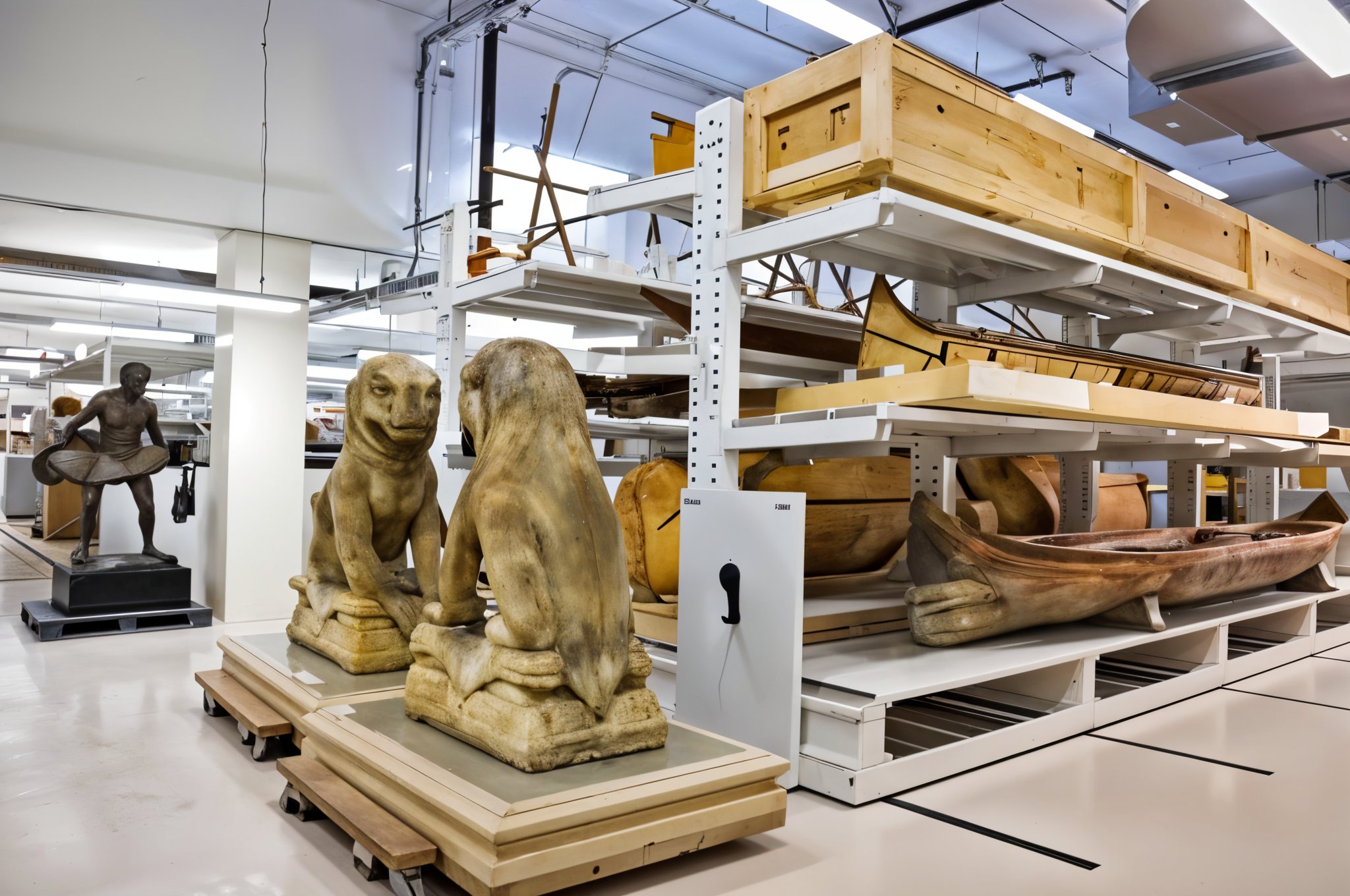
Museum-Specific Storage Solutions
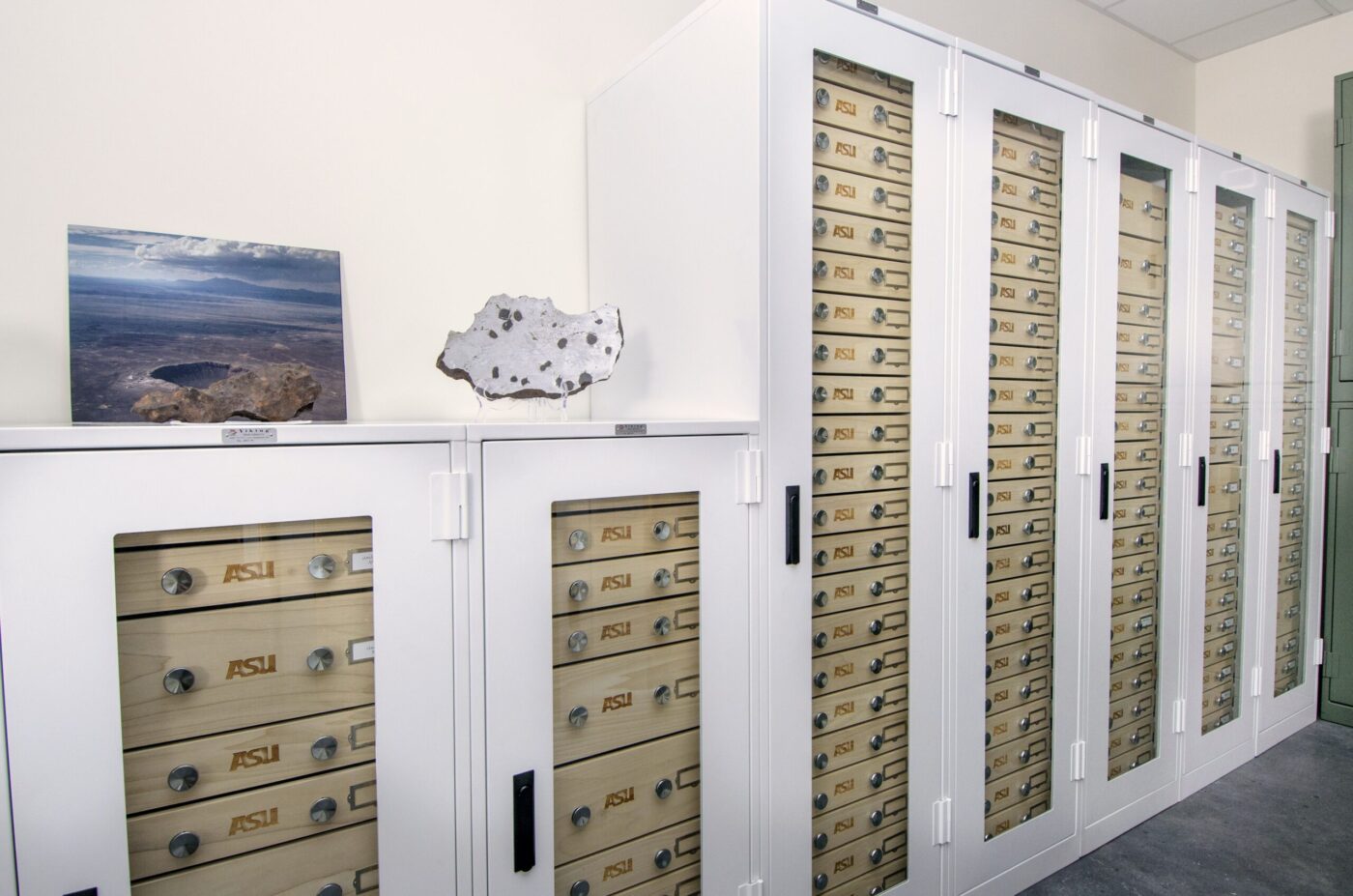
Preservation Cabinets
This versatile cabinet is ideal for the long-term preservation of art collections, geological specimens, natural history collections, anthropology collections, and any other type of museum collection.
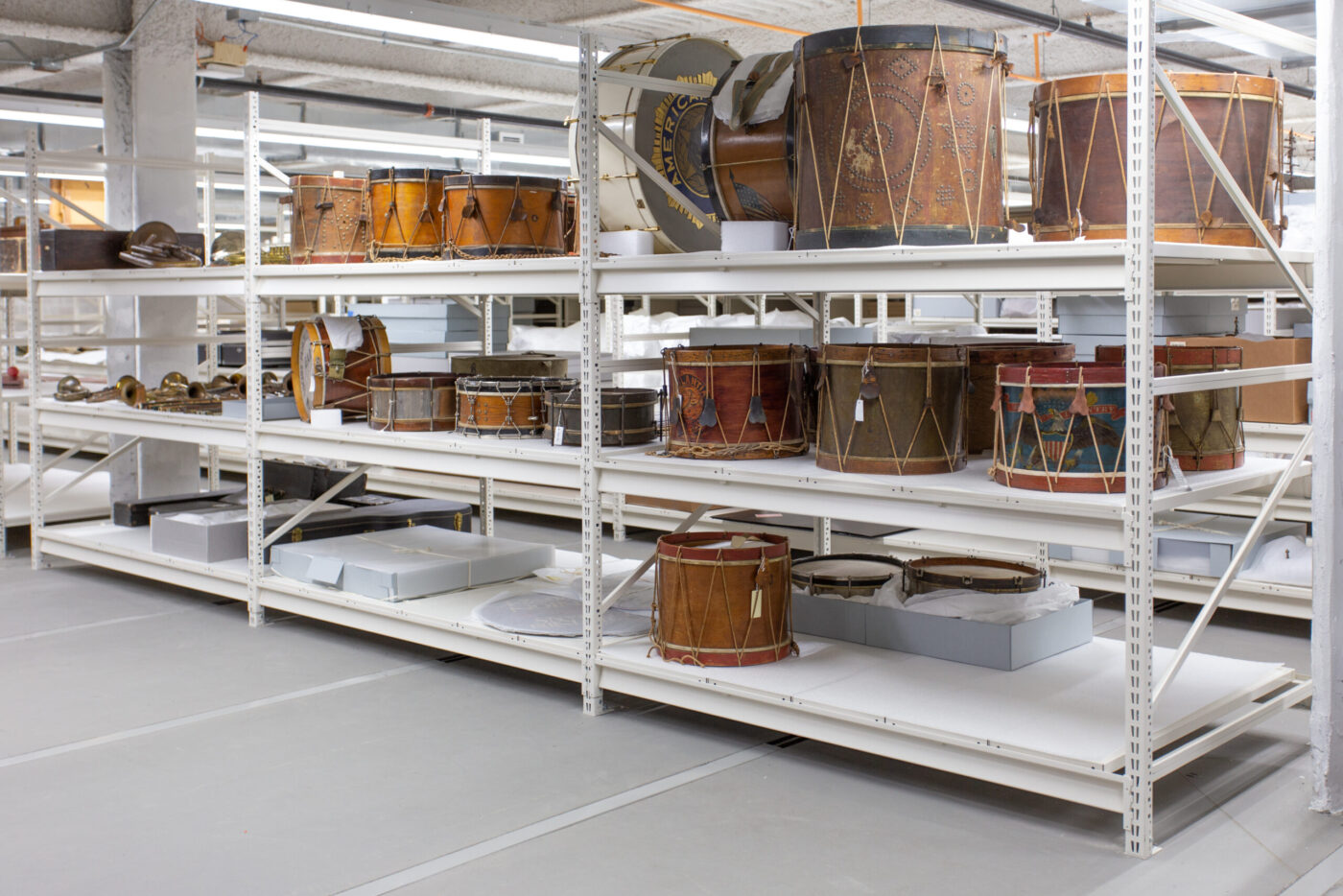
Wide-span shelving
RaptorRAC heavy-duty storage systems feature a roll-formed, boxed-style upright post design to provide optimum structural integrity. Designed for durability and efficient storage of heavy, bulky items.
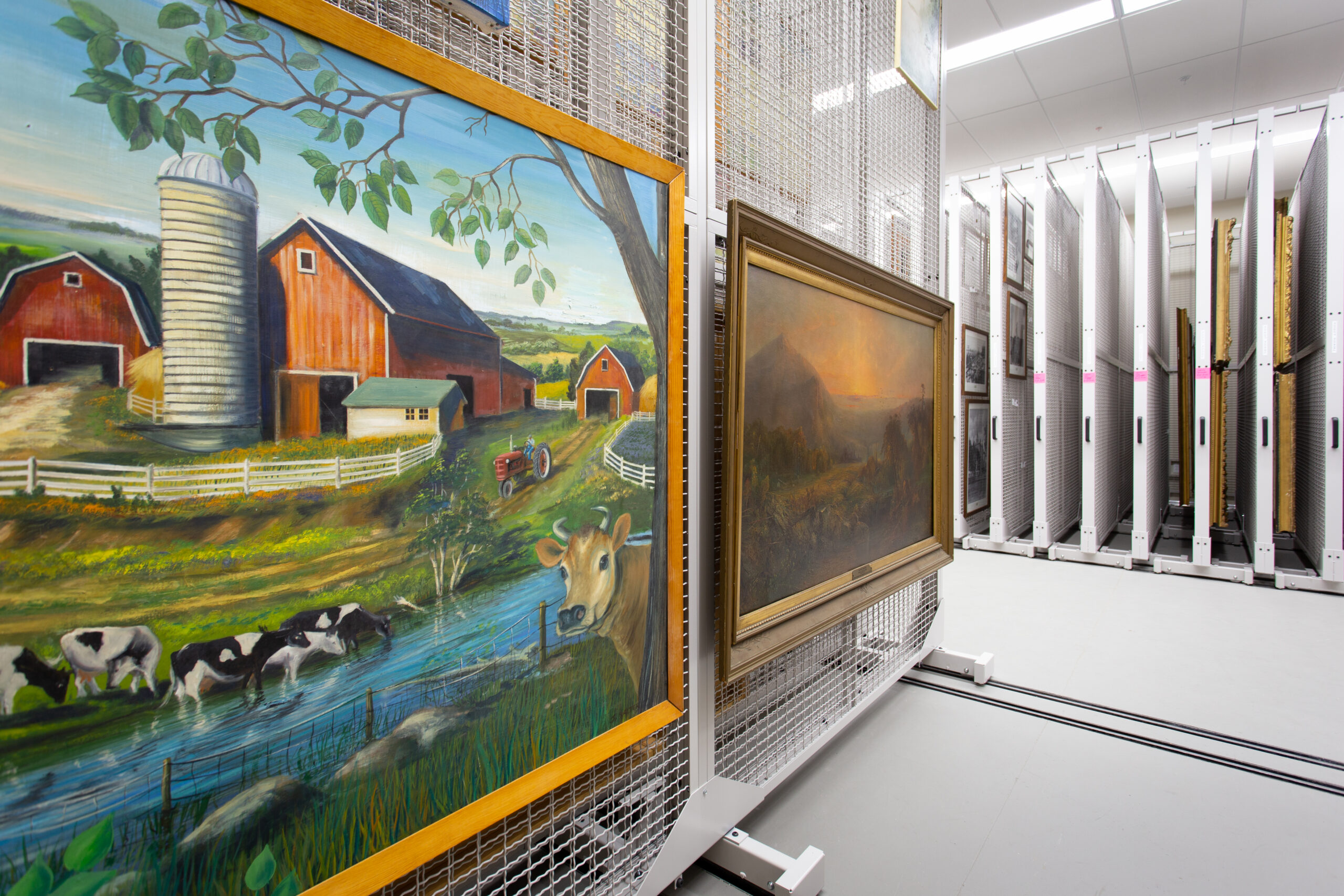
Art Racks
We offer many art rack systems to provide compact storage solutions. Experience easy operation, enhanced security, and increased storage capacity while keeping your collection protected.
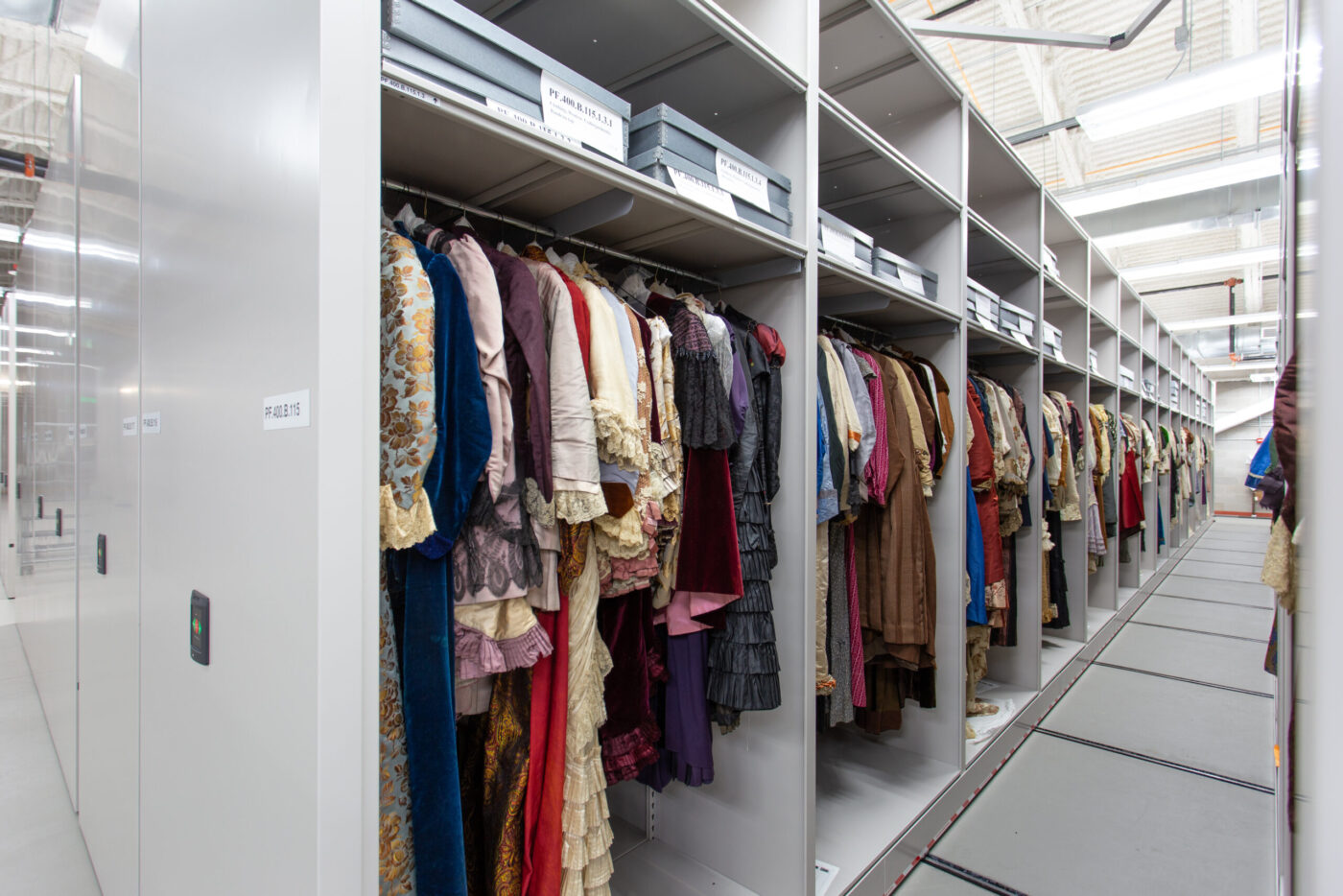
High-Density Mobile Storage
Maximize your museum collection storage in a minimal footprint by mounting shelves and cabinets on mobile carriages that slide on floor rails, eliminating static aisles and increasing storage capacity.
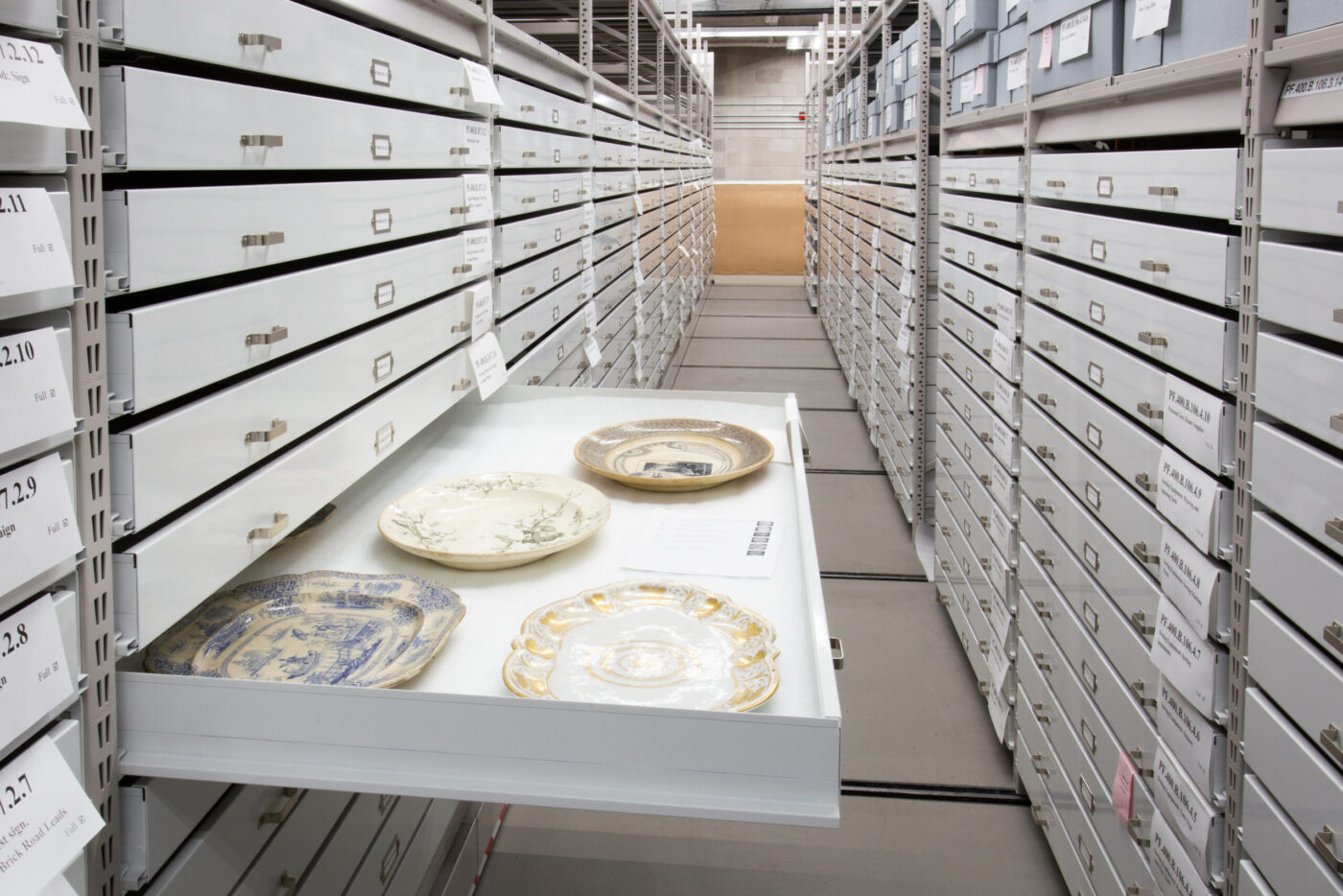
Artifact Drawers & Trays
The Nantucket Drawer & Tray system is an alternative for use in our Museum Cabinets. Utilizing Spacesaver’s 4-Post Shelving, the Nantucket system brings flexibility and versatility to any museum.
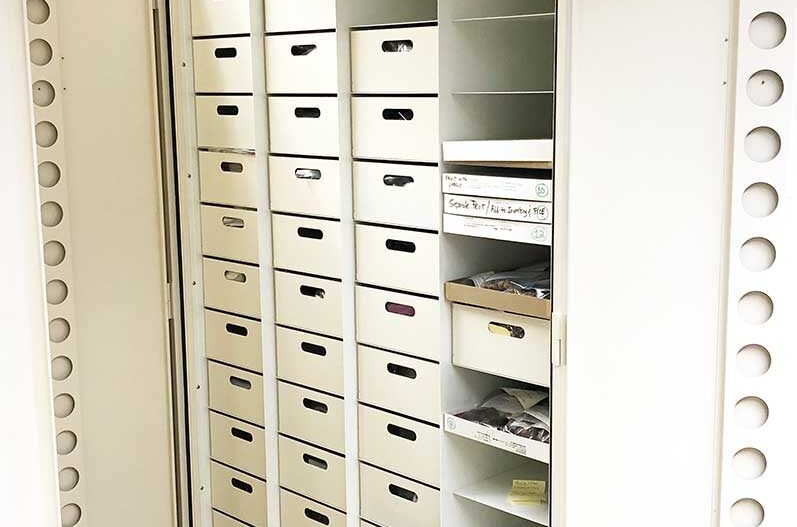
Special Collections
Geology, herbarium, and entomology require the best protection and preservation. We understand collections vary and offer a number of specimen cabinet solutions.
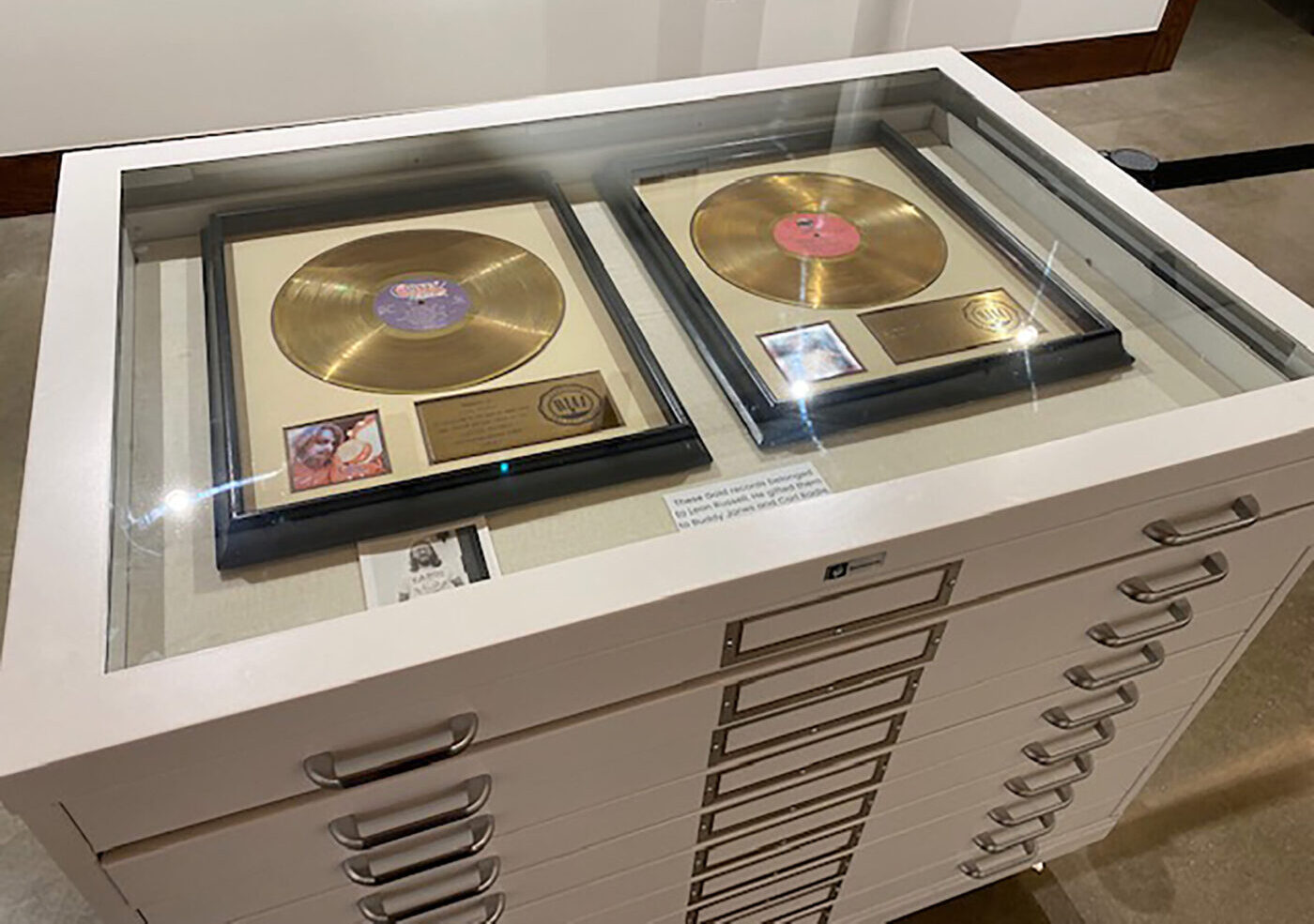
fLAT FILE storage
Capable of storing various flat items, our archival flat file storage cabinets provide secure protection and enduring value - opening & smoothly day after day. Mix, match, add, and rearrange!
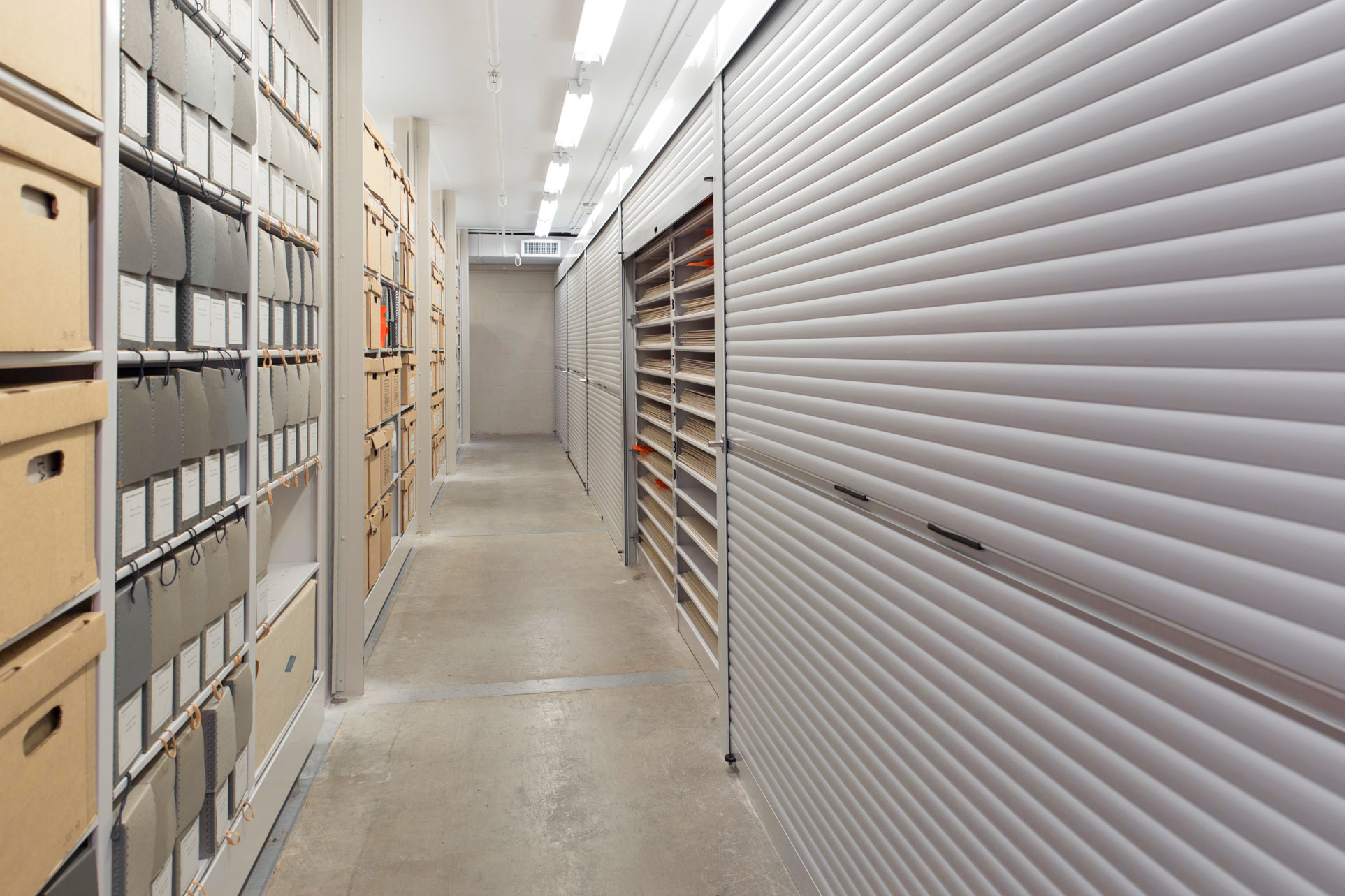
Archival Storage
Archive records storage must be protective, easy to navigate, and space-efficient. Items must be able to be located and retrieved quickly when needed. We've got you covered...
Discover the Future of Museum Collections
For many, their local museum is the pathway to learning more about the history and culture of their community and – in some cases – their descendants. Spacesaver understands the mission of your museum is to preserve and protect the artifacts entrusted in your care, and our mission is to help you do this as efficiently and securely as possible. We support institutions of all sizes in their efforts to manage risk, boost community engagement, optimize space, and stretch limited budgets.
Dinosaur & Oversized Collections: Moving Heavy Artifacts with Ease
Just Like The Small Jars Of The Zoology Collections, The Museum’s Large Fossils Required Safe Storage—And The Capacity To Easily Move Heavy Artifacts
Wide Span Shelving
Custom-designed mobile systems were outfitted with wide span shelving in order to accommodate pallets of fossils.
The pallets enabled the museum to move the fossils in and out of the shelving with a forklift for testing and observation.
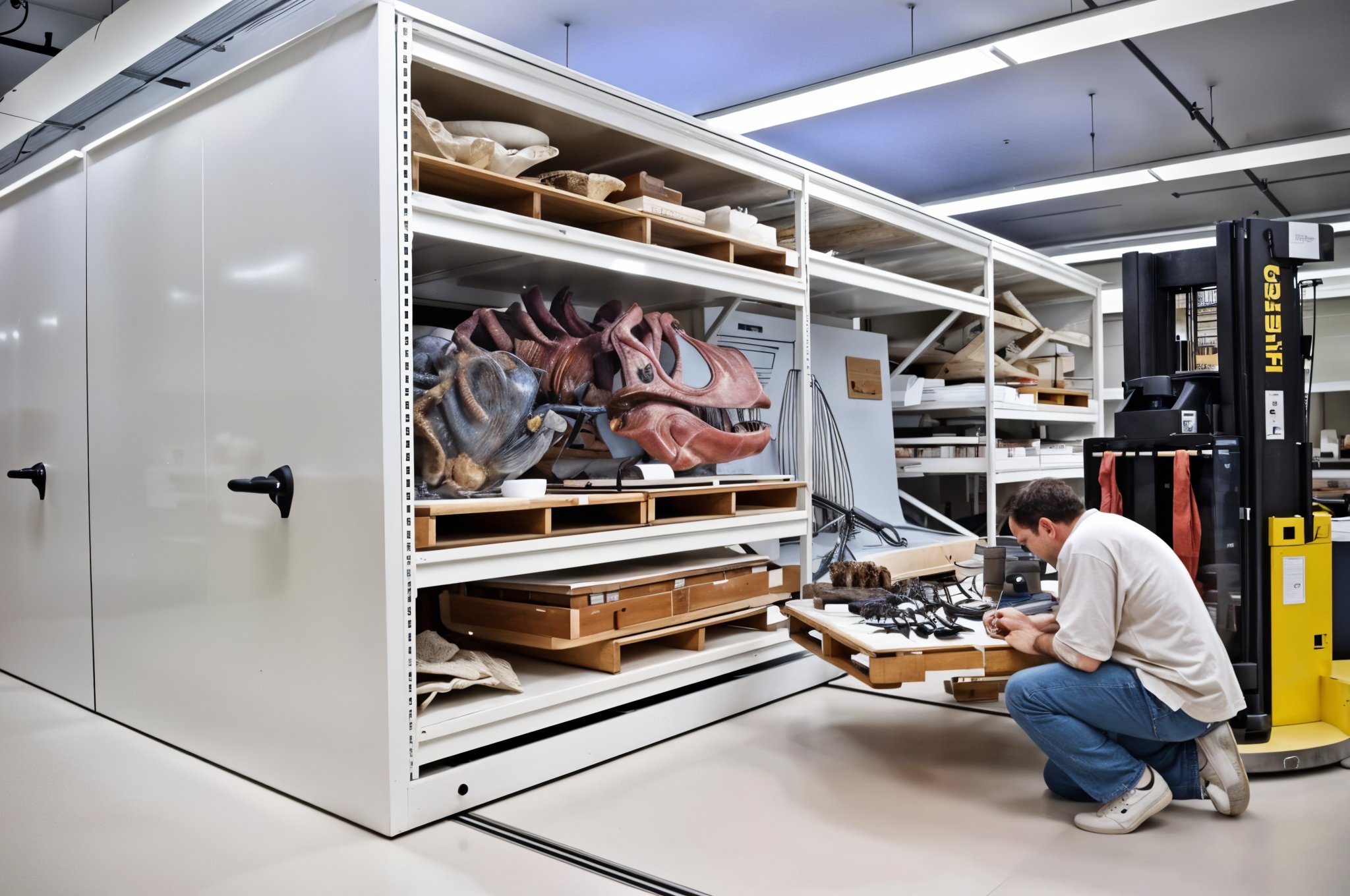
Functional Storage for Dunn Museum in Lake County
The Dunn Museum’s collection contains almost 20,000 artifacts and 1,000 linear feet of archival materials. We designed a secure, environmentally-controlled facility for them to maintain their collection. Irreplaceable collections held in public trust are protected with precise temperature and humidity control, as well as security and fire suppression capabilities, preserving Lake County’s cultural heritage for future generations to discover and enjoy.
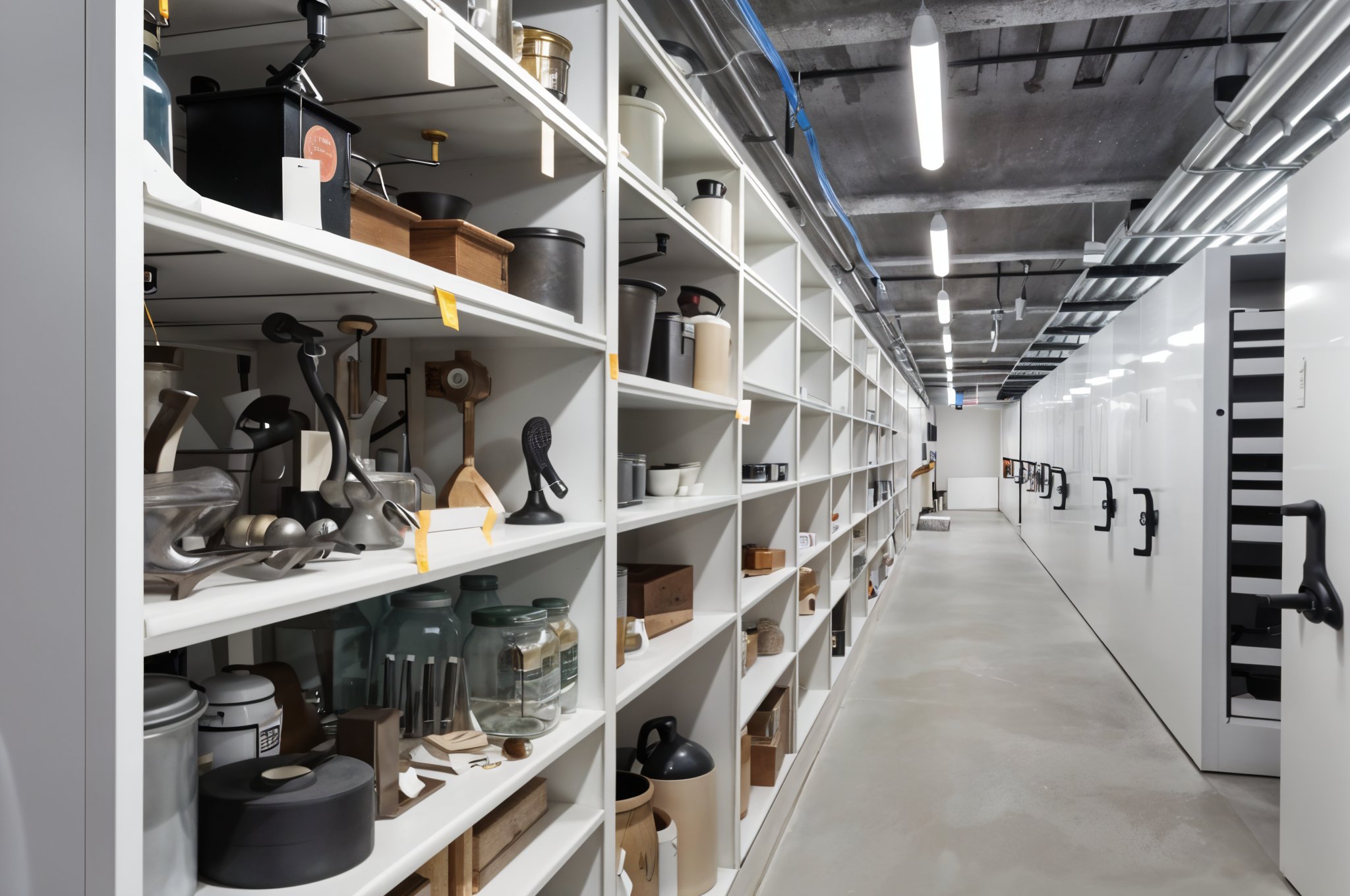
Custom Storage Solutions Enhance Preservation at the Pritzker Military Archives Center
The Pritzker Military Archives Center in Kenosha, WI, required tailored storage and workspace solutions to safely process and preserve its vast collection of military artifacts. The implementation of customized worktables, featuring lockable casters and adjustable compartments, offered the perfect solution for efficient handling and long-term preservation of these valuable items. Discover more about this project here.
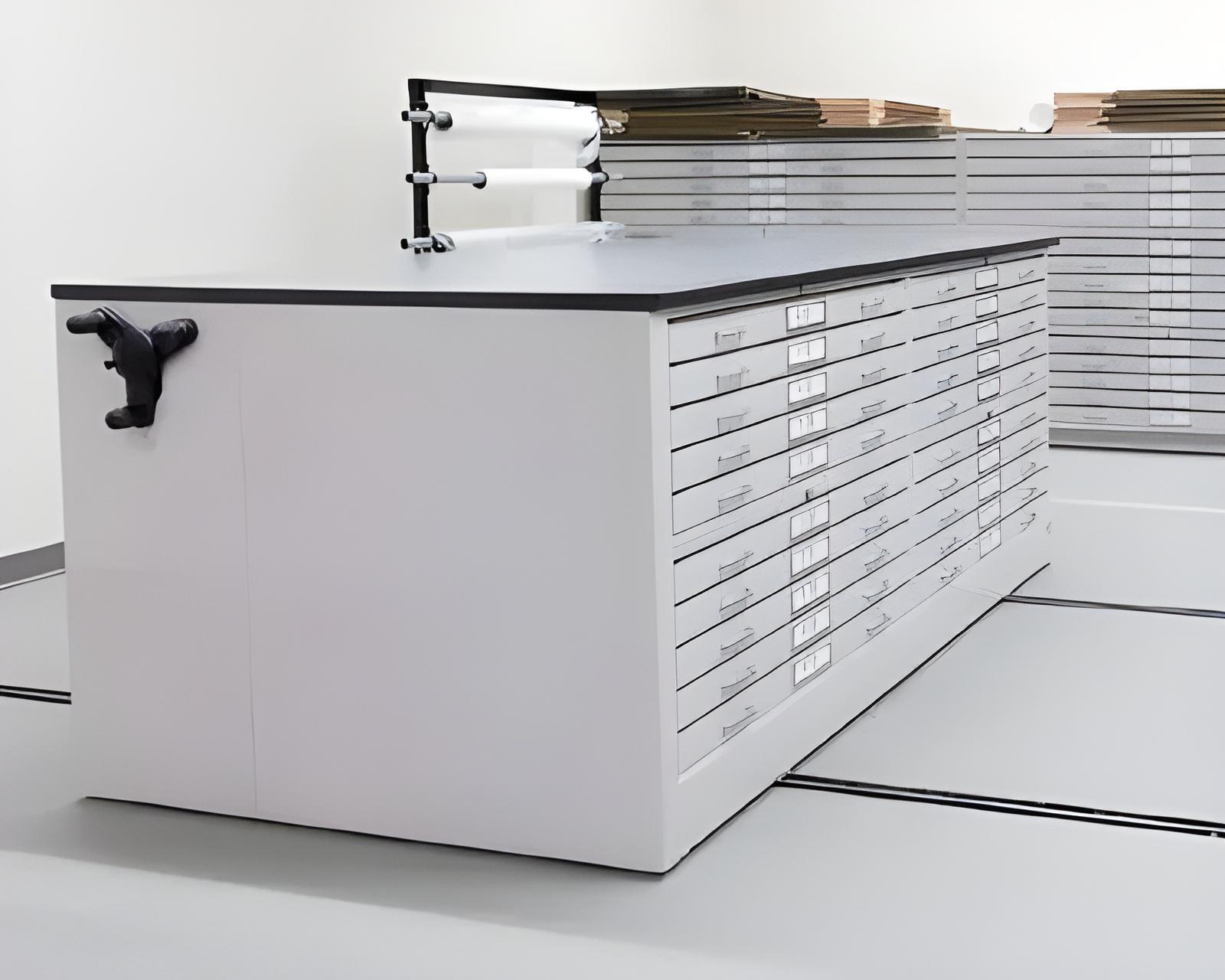
We help museums of all sizes manage their collections.
The Field Museum is just one of many organizations we’ve assisted with specific museum storage solutions. To take a look at all the areas where we can help, download our Museum Storage Lookbook.
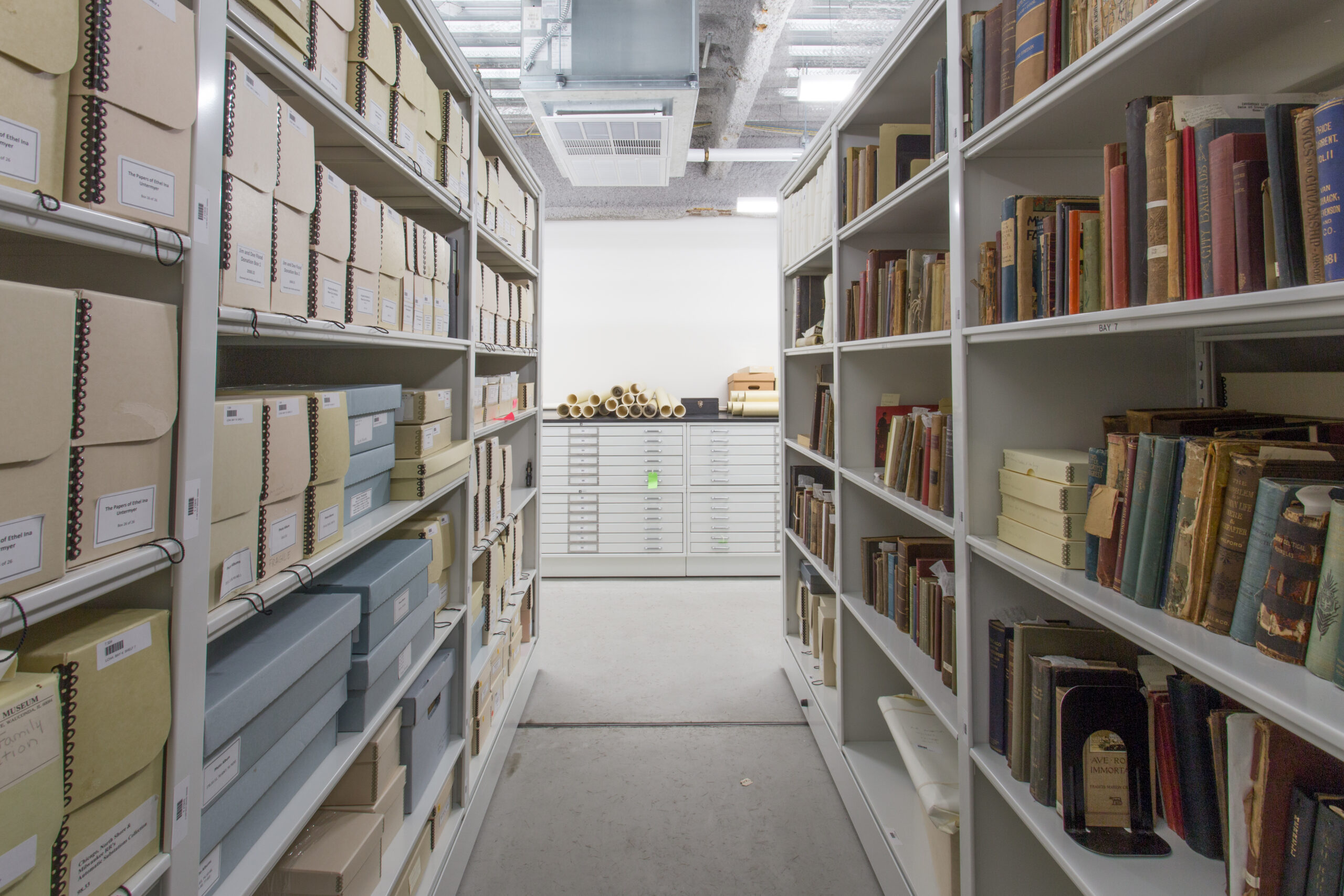
Frequently Asked Questions
Our storage systems are designed with preservation in mind, offering climate-controlled environments and specialized shelving to safeguard artifacts.
Yes, we provide customizable storage options suitable for a wide range of collections, including art, historical documents, and scientific specimens.
Absolutely. Our high-density mobile shelving systems maximize storage capacity while ensuring easy access to collections.
Yes, our storage systems meet industry standards for archival storage, ensuring the long-term preservation of sensitive materials.
We offer expert consultation to design and implement storage solutions tailored to the specific needs of museums and archives.
Our storage systems are designed to provide organized and easily accessible storage, facilitating research and exhibition preparation.
Yes, our modular storage solutions can be customized to fit within existing museum spaces, enhancing functionality without major renovations.








